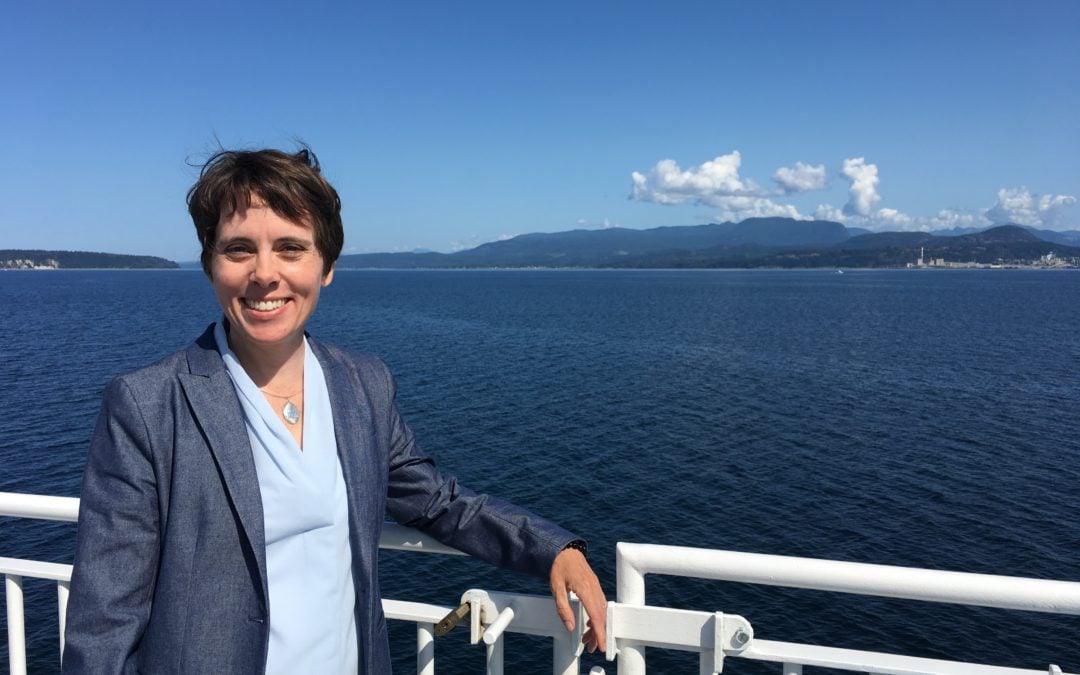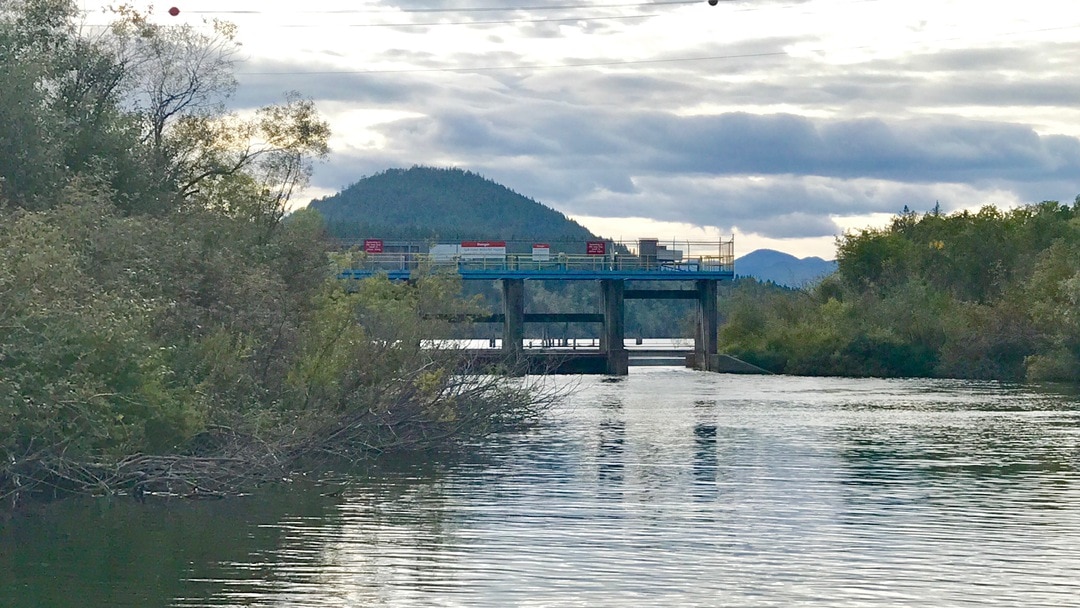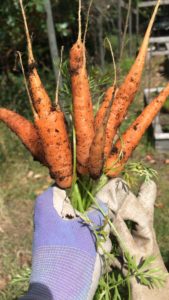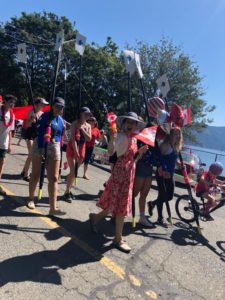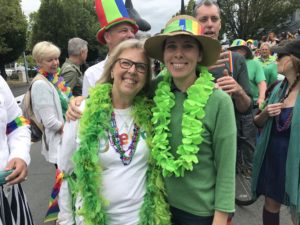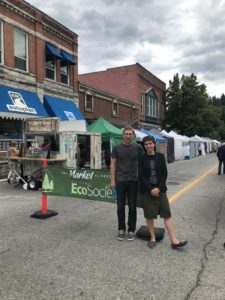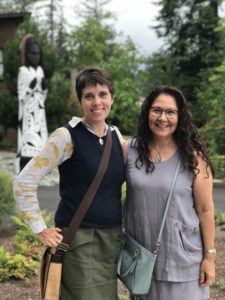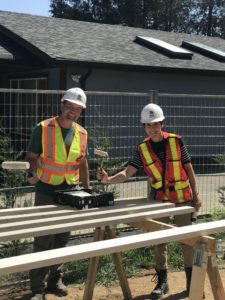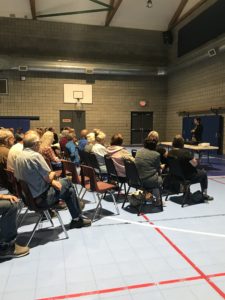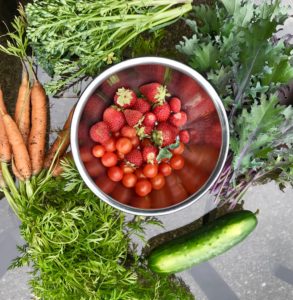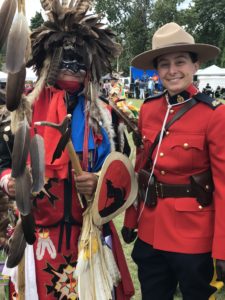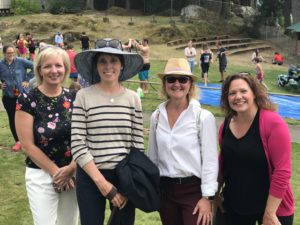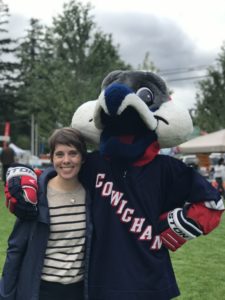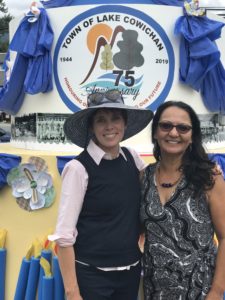As the kids get ready to go back to school, and the fall legislative session approaches, I am reflecting on my work over the summer and ahead in the Legislature and in Cowichan.
Here are a few updates from the last little while.
The Cowichan River and the Weir
An end-of summer announcement of funding to the CVRD through the BC Salmon Restoration and Innovation Fund (BCSRIF) came just days before pumping of water over the existing weir began. (See Press Release from CVRD.)
The funding will go towards detailed engineering designs for a new weir, planning for the removal of the old weir, and mapping of the lake boundaries – essential steps toward the construction of a new weir with the capacity to store more water in Cowichan Lake, in order to ensure flow levels in Cowichan River that can sustain the fish and wildlife populations.
This announcement comes after years of work and collaboration by the Cowichan Watershed Board, Cowichan Tribes, the CVRD, Paper Excellence (formerly Catalyst), as well as input and support from myself, our MP, One Cowichan, and the wider community.
Since 2017, I’ve convened several meetings at the Legislature, including two with Minister Heyman (Environment), Minister Donaldson (Forest, Lands, Natural Resources) and Chief Seymour and Chair Morrison (and previously Chair Lefebure) of the Cowichan Watershed Board, along with MP Alistair MacGregor and Watershed Board Executive Director Tom Rutherford. Together, we conveyed the urgency of the situation as well as the commitment to working collaboratively in our community to move forward to find solutions. The outstanding issue that remains is the water license for the new weir. It is my hope that the engineering work and the lake boundary study will help to clarify any outstanding questions around which authority should hold the conservation license for the new weir.
As Tom Rutherford pointed out in a recent interview on CBC, Cowichan is already experiencing impacts from climate change: longer, drier summers along with wetter, warmer winters. For the Cowichan River to be able to support healthy fish populations, it will be increasingly necessary to store more water in the lake. This year marks the 11th – and worst – drought year since 1998.
This is the first year that pumping of water over the weir has been initiated to keep the flow of water sufficient in the Cowichan River-—as pointed out in the Cowichan Valley Citizen editorial. It is a wake up call for all of us.
The Q’ushin’tul Project
The over-representation of Indigenous children in the child welfare system was identified by Minister Jane Philpott as a humanitarian crisis in 2017. Here in Cowichan, apprehension rates of children are twice the provincial average, and in our constituency office we see many families who are struggling with the child welfare system and its impacts.
Over the course of about 18 months, I hosted meetings in the community to bring together people who wanted to look for solutions: service providers, advocates, Indigenous and non-Indigenous community members, local political leaders all came together in what eventually came to be known as the Cowichan Community of Caring. This work was written up by journalist Nancy Macdonald in a front-page story in the Globe and Mail: How one B.C. community is fighting to keep Indigenous children with their families.
Several months ago, a private donor, having read the Globe and Mail article, offered support. The generous donation went towards funding the Q’ushin’tul Project, led by Cowichan Tribe members Madeline Joe and Jenny George. The project is is a four-month research initiative focused on gathering input from community members on their experiences with child welfare, with a view to moving towards solutions for the crisis of overrepresentation of Indigenous children in care in Cowichan.
In addition to research, Q’ushin’tul has hosted two education sessions, providing the opportunity for community members to learn more about Cowichan culture, language, history, and the impact of colonialism, particularly the separation of families. You can read more about the latest session here: Education session focuses on child and family services.
Cowichan Leadership Coalition
In Cowichan, it’s not unusual for people to work together across political and jurisdictional lines in order to best serve the community. As elected representatives at all levels, we have on many occasions come together to discuss issues that affect the region and citizens.
There have been a few times we’ve come together in the past around certain specific issues. In the fall of 2017, Health Minister Adrian Dix came to Cowichan to meet with a community that was united in its vision for a new hospital, and in March of this year we all raised our voices together against racism. Recognizing how important it is to work together, we have agreed to moving forward with quarterly meetings that will provide us with the opportunity to seek input, work together, and take collective action in order to find solutions to the most pressing challenges we face in Cowichan.
It remains clear to me that cooperation, collaboration, and working in community is the most effective approach we can take to solving the challenges and problems that we face.
Meetings, Events, Travel
Over the course of the last three months, we’ve maintained a busy meeting schedule, both in the constituency office and in the legislature. Some examples of meetings include:
- Committee meetings (Legislative Assembly Management Committee, Finance and Audit Committee, Health Regulation Committee)
- BC Green AGM
- First Nations Leadership Council (re: child wellness)
- Indigenous Child Welfare Conference
- Community Forestry Association AGM
- Meeting with community groups about concerns with lack of enforcement of regulation by Ministry of Mines
- Cowichan Tribe Elders’ Lunch
- A variety of meetings with constituents on issues ranging from forestry to health matters
- A community meeting in Shawnigan to discuss the Environment Minister’s approval of the Closure Plan for the contaminated landfill
- A tour of Tillicum House in Nanaimo
- Meetings about watershed protection and drinking water protection
- Tour of Easter Seals’ Camp Shawnigan
In addition, I’ve attended events around Cowichan and Vancouver Island, including:
- A mock debate at Queen of Angels School (with Mayor Siebring, MP MacGregror, and Councilor Marsh)
- Canada Day events across Cowichan
- Victoria Pride Parade
- Local leaders building day at Habitat for Humanity house in Duncan
- The Cowichan Powwow
- Lake Cowichan’s 75th Anniversary Celebration
- Cobble Hill Fair
Caucus Travel
Finally, as part of our caucus work, the three Green MLAs have traveled to various communities around BC. In July, I traveled to the Kootenays for a variety of meetings with local governments, community groups, and watershed groups. In August, I traveled to the Sunshine Coast. Both of these trips were very informative and helpful for us to determine the provincial issues that we are going to focus on as we head into the fall session. In all of the communities I visited, many of the same issues were identified as priorities—issues we also face here in Cowichan: lack of housing and a growing homelessness crisis, the opioid crisis, and concerns about watershed protection.
I also carved out some time to enjoy the summer with my family, work in the garden, read several books, and reflect on all that I am grateful for.
I am honoured to be the MLA for Cowichan, and I will continue to do all I can to serve our community, and the province, to the very best of my abilities.

